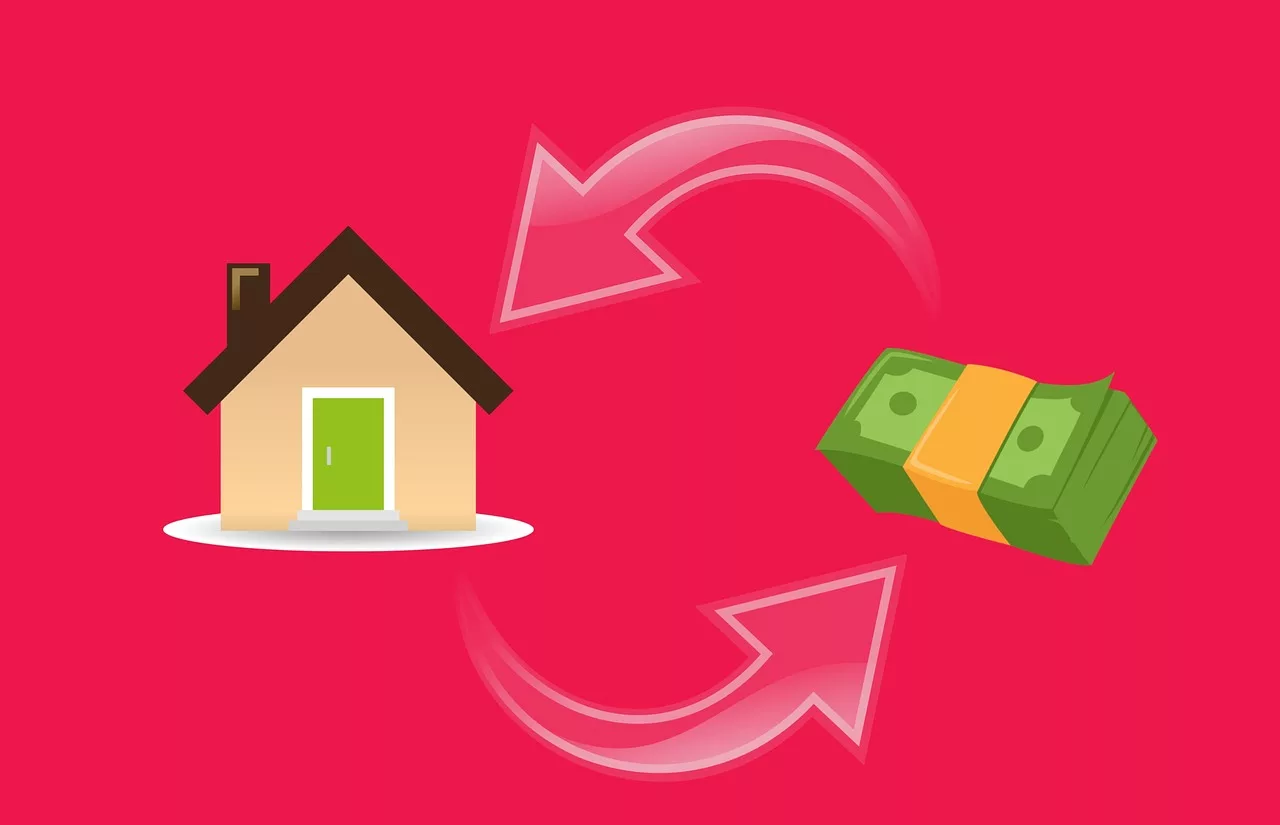
There’s never been a better time to own a home in the United States. If you’ve owned for the past few years, you’ve seen the equity grow substantially. In fact, US homeowners with mortgages have seen their equity increase by $3.6 trillion since the second quarter of 2021, a gain of 27.8 percent year over year. The average equity per borrower has now reached almost $300,000.
With this much sitting in reserves, some homeowners are looking to unlock this cash surplus instead of selling their homes or taking out expensive personal loans. Here’s how it works.
How to calculate your home equity
Home equity is your stake in the property compared to the lender. Home equity is the difference between the outstanding mortgage amount and the appraised value of your home.
If you want to see how much home equity you have, get your home’s current estimated market value. Since real estate values have changed so much in the past couple of years, what it was worth even a few months ago may not be what it’s worth today. You can use an online home price estimator or speak with a local real estate agent. You can also look at comparables in your neighborhood.
Once you have a good estimate of the current market value, subtract the mortgage you still owe. The result is your home equity. This is the amount you would receive if you were to sell your home, minus any sale-related expenses.
But if selling your home isn’t the right choice for you, there are other ways to tap into this cash supply. You have three main strategies for gaining access to your home equity: a home equity loan, a home equity line of credit (HELOC), or a cash-out refinance.
How to borrow money from your home
Before you finalize your decision, be aware of the risks. Cashing in on your home equity increases your debt while reducing your home equity. Many financial experts recommend this strategy for adding value. It may make sense if you’re remodeling your home or paying off high-cost debt. Using it for a vacation simply adds more debt.
If pulling cash out makes sense, weigh the difference between each of the three options.
Home equity loan
People often refer to a home equity loan as a second mortgage. This is the most straightforward of the methods, allowing you to borrow against the value of your home and receive a lump sum.
Once in place, you start making monthly payments for a specified term. Most are established with a fixed interest rate. This is ideal if you have a significant, one-time expense and want a predictable payment plan.
This method comes with closing costs that typically run two to five percent. That can be a hefty amount depending on how much you take out. Use that as consideration as you weigh your options.
Home equity line of credit (HELOC)
HELOCs work similarly to credit cards. It gives you the flexibility to spend based on your needs. This option places a second mortgage on your property with a revolving balance you can tap into as you need.
Lenders typically allow a HELOC of up to 80 percent of the value. You can withdraw as much or as little as you need during the draw period, which is usually up to ten years. Any outstanding balance must be repaid after the draw period closes.
Most HELOCs don’t have closing costs but are assessed an annual fee instead. You’ll be charged for an appraisal to determine the amount of home equity. HELOCs are great if you anticipate needing cash in spurts or want it as a stand-by emergency fund.
Cash-out refinance
Cash-out refinance differs from the other two options in that it doesn’t require a second mortgage. Instead, you refinance your home for a larger amount, which allows you to pocket the difference in cash.
With this method, you will be shopping for a new mortgage for your entire home loan. Consider your options carefully to ensure you’re comfortable with the payment. You’ll no longer have the equity as you’ll be withdrawing that as cash. Most lenders won’t allow a cash-out refinance to be more than 80 percent of your home value.
With changing interest rates and real estate valuations, weigh your options carefully before considering this option.
The bottom line
Selling your home isn’t always the best way to cash out and get an influx of money. If you like your home and neighborhood, there may be a better solution.
A home equity loan, HELOC, or cash-out refinance can be a lifesaver if you have unexpected bills. Your home equity reserve can also give you a way to invest in your future. Whether upgrading and remodeling or paying off high-interest debt, home equity loans can provide you with much-needed money. The key is to borrow at the lowest interest rate possible and only use the money for things that truly add value.

